There are many trends in education that come and go. What remains the same are students and how they learn. Clothing styles change and many interpret that as a change in children, but consider this, a child dressed in rags is no different than the one donned in riches. Each has a strong and steadfast desire to learn. Will a girl in a mini-skirt absorb information more quickly than her peer dressed in sweats? Possibly the boy in a hoodie will acquire knowledge at lightening speeds or the chap in uniform might do better. Can research determine what drives us or how we will dress? Maybe. But then there are those conditions we never imagine. Humans, and what goes on inside any of their unique and stylish brains.
Five Research-Driven Education Trends At Work in Classrooms
Katrina Schwartz | Originally Published at MindShift. October 14, 2013
Increasingly, educators are looking to research about how kids learn to influence teaching practices and tools. What seemed like on-the-fringe experiments, like game-based learning, have turned into real trends, and have gradually made their way into many (though certainly not most) classrooms.
BRAIN-BASED TEACHING
Many educators are using researchers’ insights into how children best learn to inform their teaching practices. Stanford professor Carol Dweck’s research on encouraging children to develop a growth-mindset continues to grow in popularity, as educators try to praise effort, not outcomes. Dweck writes that if children believe their abilities are fixed — that either that they’re smart or they’re not — they approach the world in different ways and aren’t as able to face adversity. When they believe skills and abilities can grow throughout one’s lifetime, they’re better able to rise to challenges.
Brainology, Dweck’s program, is just one of many such school-based programs that teachers can use in classrooms, as is Brainworks.
Educators are also teaching learning strategies, helping students find out the best ways to not just learn content, but how to learn. Ideas like remembering facts when they are set to music. This practice has been employed since the days of oral storytelling, but teachers are reviving it to help students in modern classrooms. Recent studies show that adults learn new languages more easily when they are set to a beat. Some educators are even experimenting with breaking up classical literature into bite sized raps.
There are plenty more examples of brain-based research on learning making its way into classroom practices.
GAME-BASED LEARNING
Games have long been used to engage students. But as game-based learning becomes more prevalent in schools, researchers are interested in how game structure mirrors the learning process. In many games, students explore ideas and try out solutions. When they learn the skills required at one level, they move up. Failure to complete tasks is reframed as part of the path towards learning how to conquer a level.
Universities like Harvard, MIT and the University of Wisconsin’s Game and Learning Society are studying how game-playing helps student engagement and achievement, and well-known researchers in the field like James Paul Gee and University of Wisconsin professor Kurt Squire show are using their own studies to show that games help students learn.
Once the terrain of experimental classrooms, digital games are now becoming more common in classrooms. In a recent survey by the Joan Ganz Cooney Center, half of 505 K-8 teachers said they use digital games with their students two or more days a week, and 18 percent use them daily. Educators are using commercial games like Minecraft, World of Warcraft and SimCity for education. The Institute of Play continues to study game-based learning and helps support two Quest to Learn schools, which are based around the idea of games and learning.
POWER OF PERSEVERANCE
Paul Tough’s book, How Children Succeed, popularized the ideas of grit and perseverance. Now those ideas have made their way into a U.S. Department of Education’s Technology office report as well as the Common Core State Standards, which many states are already implementing. The idea that failure is an opportunity to learn and improve, not a roadblock to achievement, is often referenced as one of the most important life skills a student can take with him beyond the classroom.
Angela Duckworth’s research on grit has shown that often students, who scored lower on intelligence tests, end up doing better in class. They were compensating for their lack of innate intelligence with hard work and that paid off in their GPAs. Duckworth has even developed a “Grit Scale” that allows students to self-report their “grittiness.”
QUESTIONING HOMEWORK
The growing movement against homework in the U.S. challenges the notion that the amount of homework a student is asked to do at home is an indication of rigor, and homework opponents argue that the increasing amount of “busy work” is unnecessarily taking up students’ out-of-school-time. They argue that downtime, free play, and family time are just as important to a child’s social and emotional development as what happens in school.
Some research has shown that too much homework has “little to no impact” on student test scores. Other research on how brains work challenges the common method of asking students to practice one discreet skill at home. Overall, there’s a push to reevaluate the kinds of work students are being asked to do at home and to ask whether it adds value to their learning. If the work is repetitive or tangential, it may add no real value, and teachers across the country are starting to institute no-homework policies. Even principals are starting to revolt and schools are instituting “no homework” nights or substituting “goals” for homework.
CULTIVATING CREATIVITY
Increasingly business leaders and educators are realizing that creativity is a uniquely human quality that will set future graduates apart from the ever smarter computers that are playing increasingly important roles in society. There’s been a focus on stimulating curiosity and creativity through Science Technology Engineering and Math (STEM) courses, including computer coding, as well as integrating art and design into courses. The design thinking movement is a good example of schools working to develop students’ ability to think for themselves, brainstorm ideas and execute them.
Many schools are also shifting towards project-based learning to help leverage student interests and passions in their school work. Long-form projects often allow students to demonstrate their creativity more than assignments that every student must complete the same way. The trend towards project-based learning is one indication that schools are actively looking to build creativity into curricula.
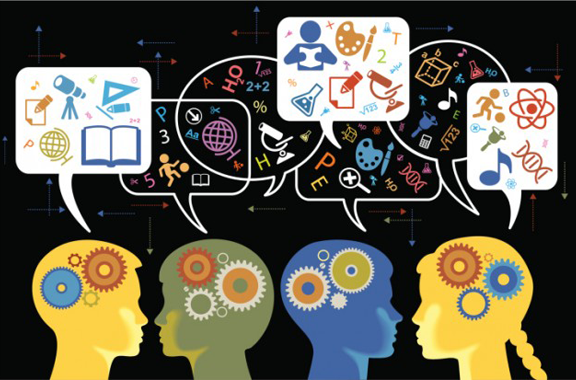
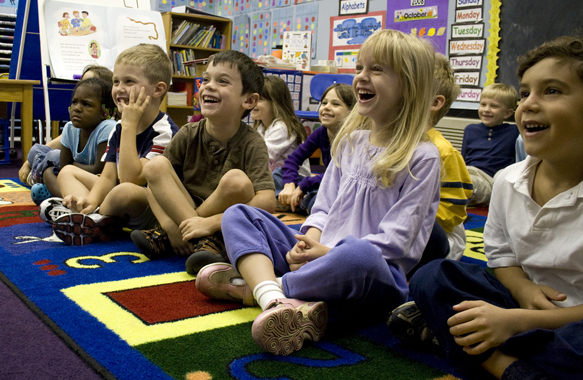
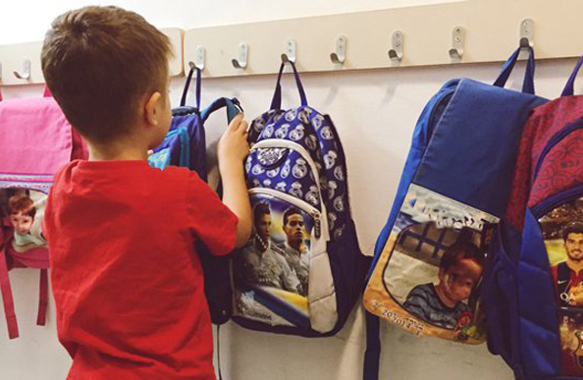

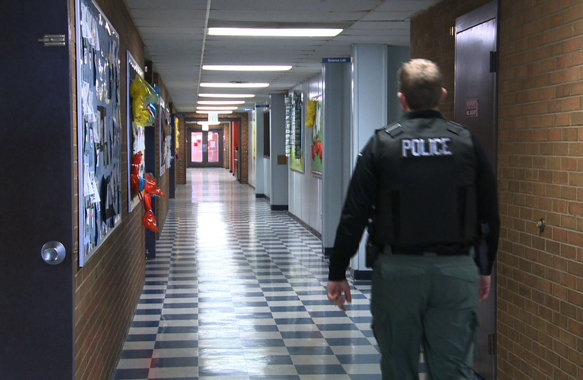
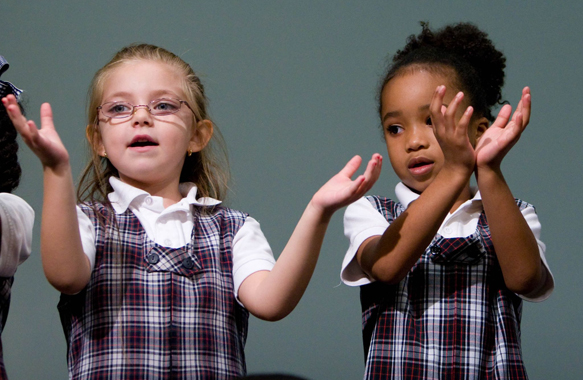






Leave A Comment